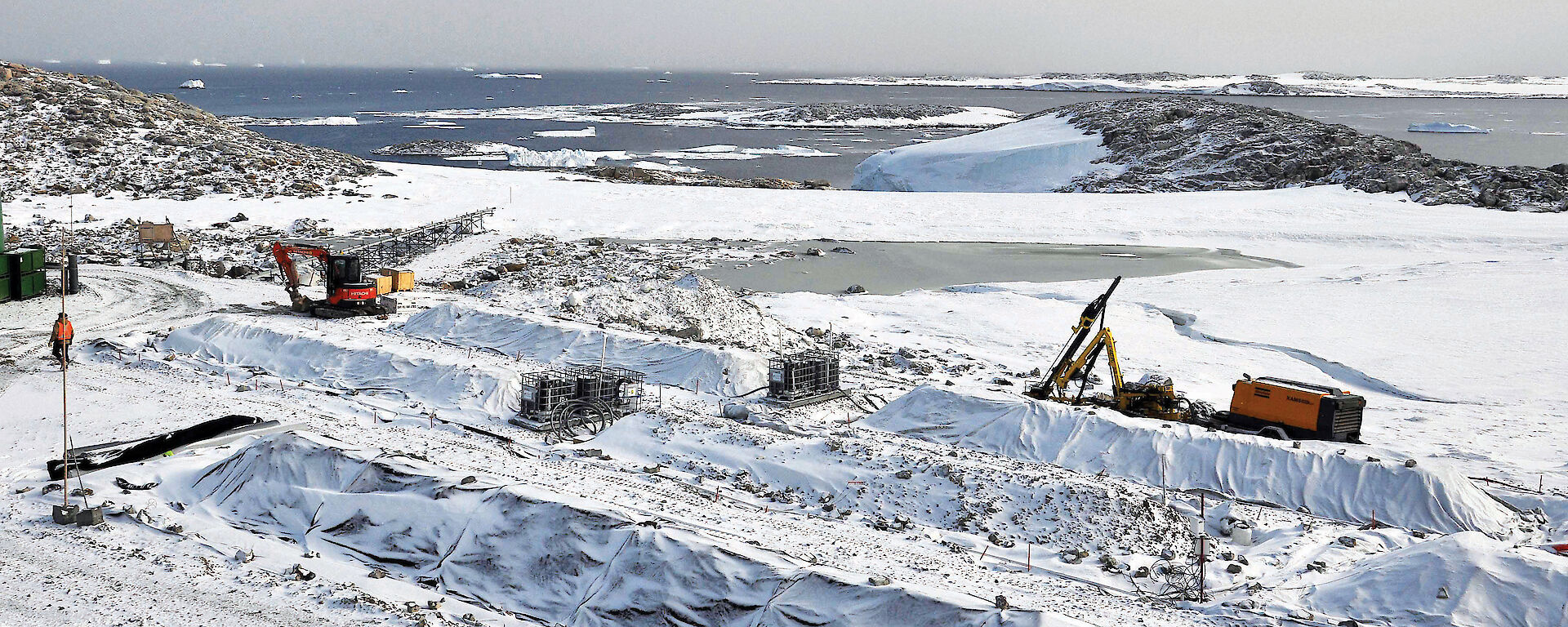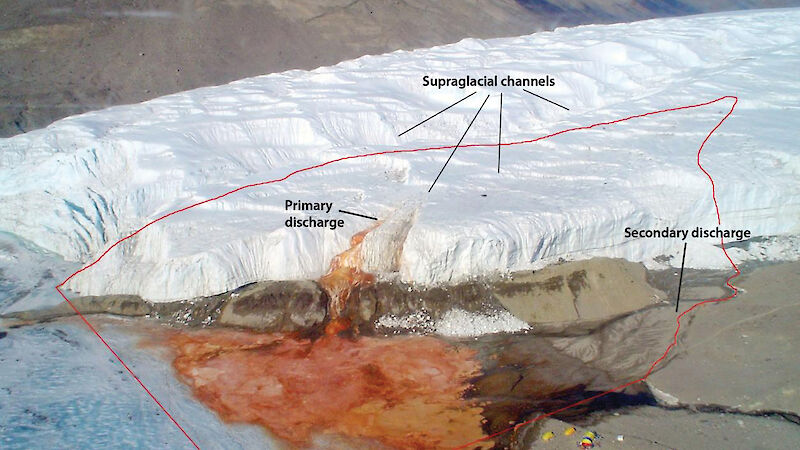For several years the Committee for Environmental Protection (CEP) has focussed on the main environmental challenges facing Antarctica, under the auspices of the Madrid Protocol and its goal of maintaining Antarctica as a natural reserve devoted to peace and science. At the 35th Antarctic Treaty Consultative Meeting (ATCM) in Hobart this year, the Committee’s deliberations on several of these challenges were informed by recent continent-wide studies into the state of the Antarctic environment and the effects of human activities.
Area protection
Recently published scientific research led by the Australian Antarctic Division identified 15 biologically distinct ice-free areas on the Antarctic continent and close-lying islands. The CEP and ATCM endorsed a proposal by Australia, New Zealand and the Scientific Committee on Antarctic Research (SCAR) to use these ‘Antarctic Conservation Biogeographic Regions’ to guide further development of the Antarctic protected areas system, and to identify protected areas that would be representative of major terrestrial ecosystems.
Non-native species
As Antarctica’s climate warms, the human-assisted introduction of non-native species to Antarctica is an increasing concern. The Australian-led Aliens in Antarctica project (part of the International Polar Year, 2007–09) produced a continent-wide assessment of the risk of non-native species establishment, both in the present day and with predicted climate warming. The assessment will provide an essential resource for the CEP’s work to develop mitigation and surveillance strategies for inclusion in its Non-Native Species Manual. The CEP also agreed that the Antarctic Conservation Biogeographic Regions provide a basis for actions to prevent species being inadvertently transported between locations in Antarctica.
Tourism
In 2009 Australia joined with New Zealand and France to investigate how Antarctic tourism activities interact with the environment, with a view to better informing management practices; resulting in a CEP Tourism Study. Among other things the study presented: an overview of the status, trends and characteristics of Antarctic tourism; an assessment of the potential impacts associated with Antarctic tourism; a review of sites visited by tourists; and a review of published literature on the impacts of tourism. The study concluded that that there are few known instances of environmental impacts specific to Antarctic tourism. It recommended a number of actions to develop a more systematic approach to monitoring for possible future impacts.
Clean-up
Today, all activities in Antarctica must be planned and conducted to minimise environmental impacts, including removing waste and other materials from Antarctica, but there remains a legacy of damage from an earlier period when environmental standards were less stringent. This includes waste disposal sites on land and abandoned facilities. The Environmental Protocol requires these sites to be cleaned up, provided that doing so does not cause greater environmental harm.
The CEP supported a proposal by Australia and the United Kingdom to develop a Clean-Up Manual, containing practical guidance and resources. This draft Clean-Up Manual will be refined for adoption at the CEP meeting in Belgium in May 2013. The Australian Antarctic Division will provide guidance on a range of relevant aspects, including in situ remediation techniques, and Antarctic-specific environmental quality standards.
Other meeting highlights
Among other achievements the Committee:
• agreed to three new site-specific guidelines to promote safe and environmentally responsible tourist visits;
• designated a new protected area to safeguard the unique microbial community at Blood Falls in the McMurdo Dry Valleys;
• supported the concept of an online ‘portal’ of information on Antarctic environments, for decision-makers, scientists and the public ;
• supported work to test the suitability of a system, currently being used in the Arctic, to identify ecosystems that are likely to be resilient to climate change;
• encouraged the further development of remote sensing techniques to support environmental monitoring, including to assess the environmental implications of climate change;
• supported work to develop practical guidance for protecting wilderness values.
On a personal note, it was as great pleasure to welcome CEP colleagues to Hobart. It was also my fourth and final meeting as CEP Vice-Chair, which has been a very interesting and rewarding role.
EWAN McIVOR
Senior Environmental Policy Adviser, Australian Antarctic Division



